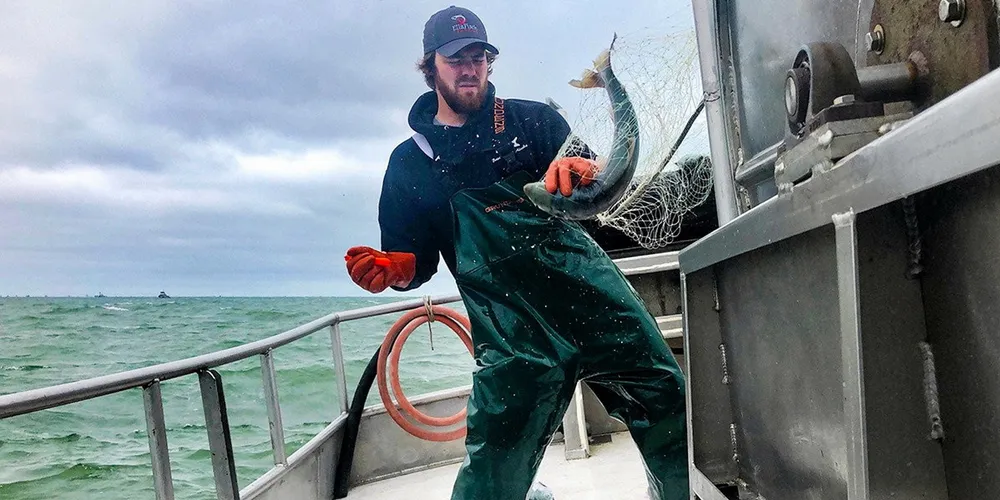Alaska Bristol Bay sockeye fishing slow in some districts, picking up in the Nushagak
Winds have impacted fishing in several districts, but the Nushagak is ramping up and larger fish are being caught.

Winds have impacted fishing in several districts, but the Nushagak is ramping up and larger fish are being caught.
